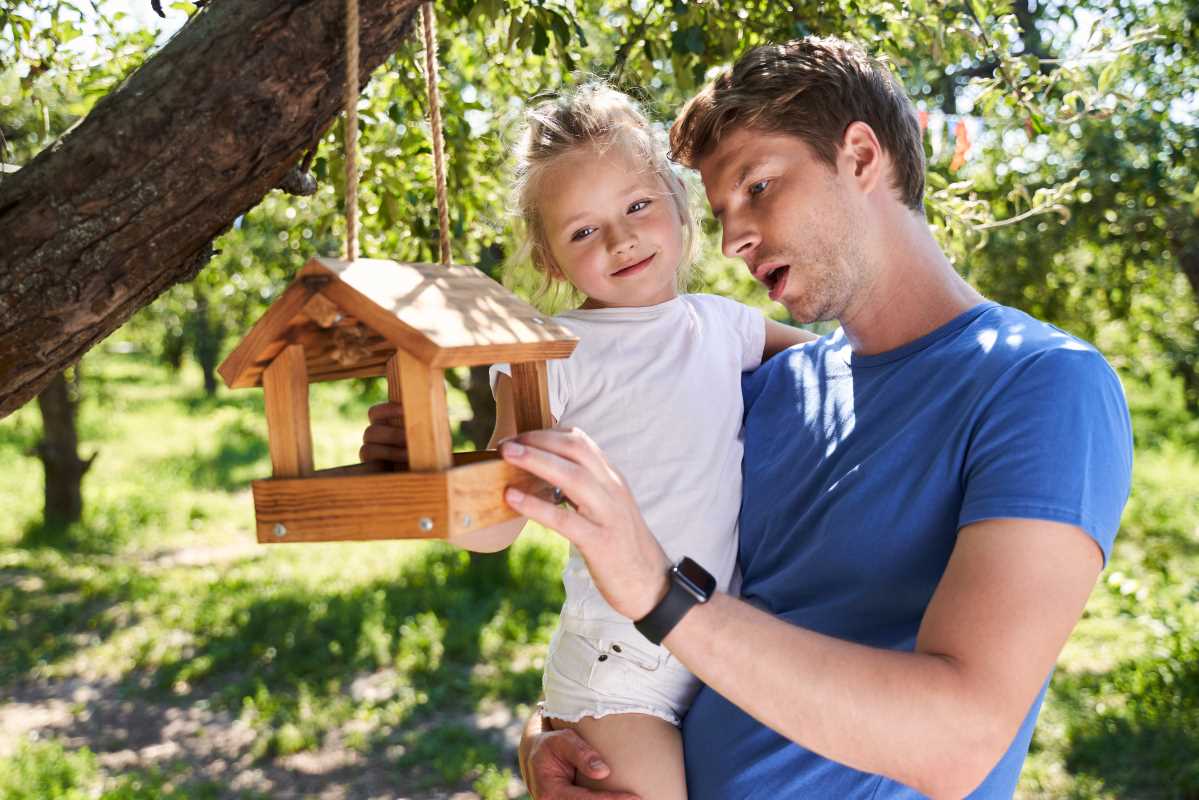Setting goals is a valuable skill that can benefit individuals at any age. When it comes to teaching kids about goal setting, it's important to make the learning process engaging and fun. Here are some creative ways to help children understand the importance of setting goals and how to achieve them.
Introduce SMART Goals:
Start by explaining the concept of SMART goals to children. SMART stands for Specific, Measurable, Achievable, Relevant, and Time-bound. Encourage kids to set goals that are clear, quantifiable, attainable, meaningful to them, and have a deadline. For example, a SMART goal for a child could be to read 10 books by the end of the year.
Create a Goal Board:
Help kids visualize their goals by creating a goal board or vision board. Provide magazines, markers, stickers, and other craft supplies for children to decorate their boards with images and words that represent their goals. Hang the goal boards in a prominent place where kids can see them every day as a reminder of what they are working towards.
Set Weekly Challenges:
Break down long-term goals into smaller, manageable tasks by setting weekly challenges for kids. These challenges can be fun and creative, such as drawing a picture, writing a short story, or completing a puzzle. By accomplishing these smaller tasks, children will gain confidence and motivation to work towards their larger goals.
Reward Progress:
Celebrate small victories along the way to keep kids motivated and engaged in the goal-setting process. Offer rewards such as extra screen time, a special outing, or a small treat when children make progress towards their goals. Positive reinforcement will encourage kids to continue setting and achieving goals in the future.
Encourage Reflection:
Teach children the importance of reflecting on their goals and progress. Have regular check-ins to discuss what is going well, what challenges they are facing, and any adjustments that may be needed. Encourage kids to learn from setbacks and mistakes, and to revise their goals as necessary to stay on track.
Lead by Example:
Lastly, lead by example by setting your own goals and sharing your experiences with your children. Show them that goal setting is a lifelong skill that can lead to personal growth and achievement. By modeling positive goal-setting behavior, you can inspire and support your kids in their own goal-setting journey.
Incorporating these creative ways to teach kids about goal setting can help instill valuable life skills and habits from a young age. By making goal setting a fun and interactive process, children can learn to set and achieve goals with confidence and motivation.
(Image via Adobe)
 (Image via
(Image via





